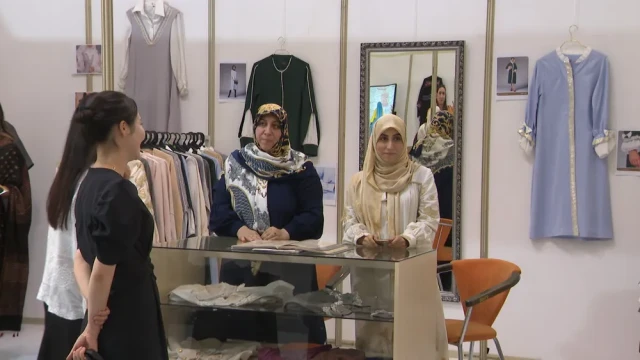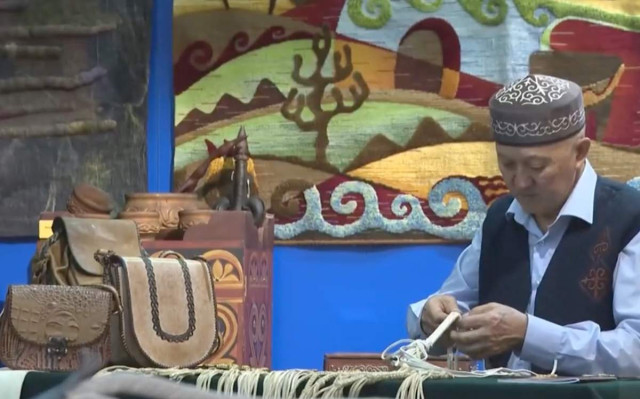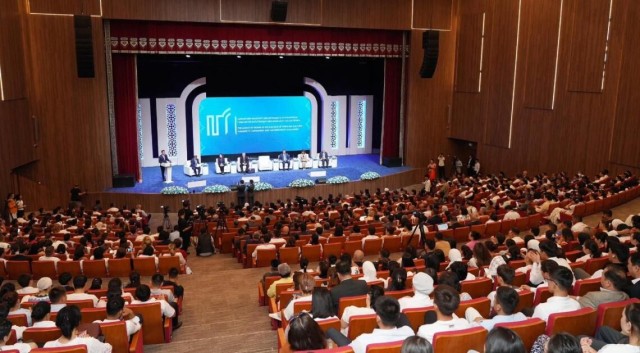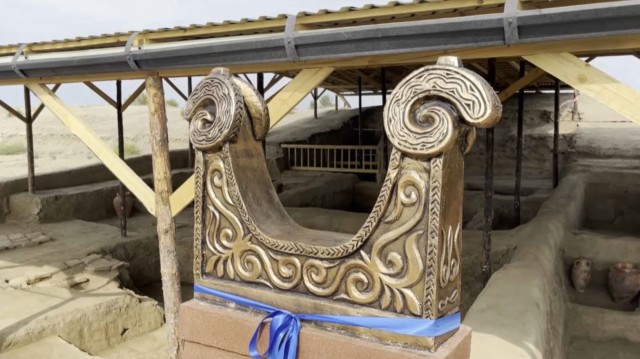
Over 30 million pages of historical documents have been
digitized at the Archive of the President of Kazakhstan. This year, the
country’s repository of documentary heritage moved into a new building. The
archive is now equipped with state-of-the-art technology, including all the
necessary tools for restoring and digitizing materials. Fragile documents are
given a second life in a specialized laboratory, where restorers meticulously
work on every square millimeter to shed light on important historical data. Specialists
are currently restoring documents dating from the 1920s to the 1950s.
«In the traditional restoration method, we use a light table
to clearly reveal the damaged areas. Then we use Japanese paper, which, when
torn, has fibers that perfectly adhere to the missing sections. This allows us to
seamlessly cover the damaged area, creating the impression that the document
was never torn,» said Danagul Tyulegenova, archivist of the Conservation and
State Records Management Service at the Archive of the President of Kazakhstan.
Dust removal, checking for microorganisms, and cleaning are
labor-intensive and time-consuming processes. Damage to other documents is
absolutely unacceptable. Everything here is carefully thought out down to the
smallest detail - 24 modern storage rooms with strictly controlled conditions:
a temperature of 17-19°C and 50% humidity.
«A controlled microclimate is automatically maintained here,
which helps prevent the formation of mold, fungi, moisture, and other harmful
effects on paper documents. This year, a new type of archival box was also
introduced - it is very convenient for use and storage, as the box itself
repels dust and is treated with an antistatic agent. Physical contact with
paper documents leads to aging and wear, but by digitizing them, we can extend
their lifespan,» noted Gaukhar Bekisheva, Head of the Conservation and State
Records Management Service at the Archive of the President of Kazakhstan.
Notably, President Kassym-Jomart Tokayev places special
emphasis on the digitalization of archives. In March, during a meeting of the
National Kurultai (Congress), he stressed the need to create a national digital
archive, which would serve as a foundation for promoting the country’s culture
and heritage in the global digital space. Just a month later, in April, the
Head of State approved the implementation plan.









